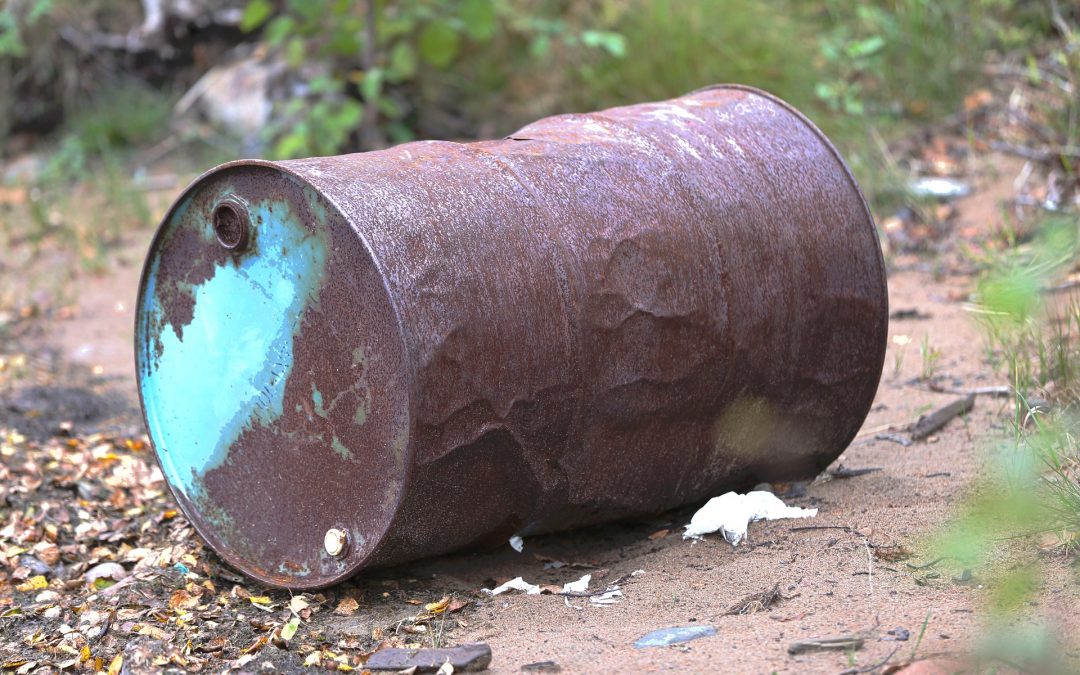TCE pollution makes life tricky for the Archers
Geoenvironmental
The Archers, and the villagers of Ambridge, are embroiled in the fallout from an environmental disaster.
Alarm bells rang in mid-December, when a dead Otter was found in the river Am. A month later, revellers out for a New Year’s swim in the river found themselves surrounded by dead fish. History has a nasty habit of repeating itself and memories are cast back 29 years, when a massive slurry leak from Brookfield Farm contaminated the river, killing thousands of fish. The Environment Agency’s emergency response team is called…
A little known fact about the team at Ground & Water is we are big fans of the tales of Ambridge. At 2pm most days the office wireless is tuned to Radio 4. When the current ground water contamination story broke, the fortunes of the folk living in this rural idyll became compulsive listening: naturally for totally professional reasons, you understand! Would Ground & Water get the call from the producers to advise on the site evaluation process? Would they need guidance on the site investigation process, or a remediation strategy outlining? Would Fran Williams get his big break as an actor on national radio?
Tongue now out of cheek, the recent Archers’ story line illustrates several important environmental and practical issues. The writers of the soap, chose Trichloroethylene as the contaminate in the ground water seeping into the river Am. Trichloroethylene was used as a multi-application industrial solvent, until the 1980s. Now catergorised as a carcinogen, it is unstable and causes central nervous system depression. Many years ago it was used as a human anesthetic. Abbreviations for the chemical include: “TCE, Trichlor, Trike, Tricky and Tri”. It has been sold under a variety of trade names including Trimar and Trilene.
Over the years there have been numerous instances of ground and drinking water contamination resulting from industrial discharge of the chemical. In the Archers, the contamination came from leaking drums of TCE. Hapless farmer, Brian Aldridge, admits privately that he allowed “some chap to dump some harmless rubbish” on his land. Sadly for Brian, if this gets out, the personal consequences of his actions could result in prosecution and a custodial sentence. In the show, following a site investigation to establish the source and extent of the contamination, the EA brings in specialist contractors to undertake the remediation. Costing thousands of pounds a day, Brian discovers that if his insurers find a legal reason not to provide cover – his culpability – the farm could be facing a bill for the clean-up, that could effectively be limitless. While in this case the situation is a work of fiction, its basis is harsh reality.
Modern techniques for remediating land contaminated with TCE involves the use of naturally occurring bacteria that degrade the chemical by reductive dechlorination. This can be done in-situ removing the requirement to excavate and transport the contaminated ground for off-site treatment.
An environmental crisis like the one portrayed in the Archers, does not stop with legal and financial penalties. In the Archers, the village rises up against the landowners. A public meeting is called, where the principle landowner, Brian Aldridge, is hauled over the coals by his friends and neighbours. This results in considerable negative press interest and even the local building firm gets it in the neck from villagers, accused of profiting from destroying the environment.
Ground water contamination is a very serious matter with potentially catastrophic consequences. If you are even slightly concerned about unknown waste on your site, or land; or find evidence of pollution, don’t turn a blind eye and pop down to The Bull for a quick pint of Shires. Give the team at Ground & Water a call. We are Geoenvironmental specialists, providing holistic contaminated land solutions. You can read about the phased approach we use to evaluate the potential for a pollution leakage and the considered level of risk; and to determine the actions required to manage or mitigate the risk and to validate any remedial work, on our Geoenvironmental services webpage.
